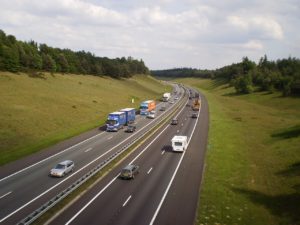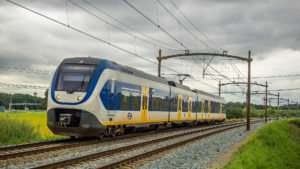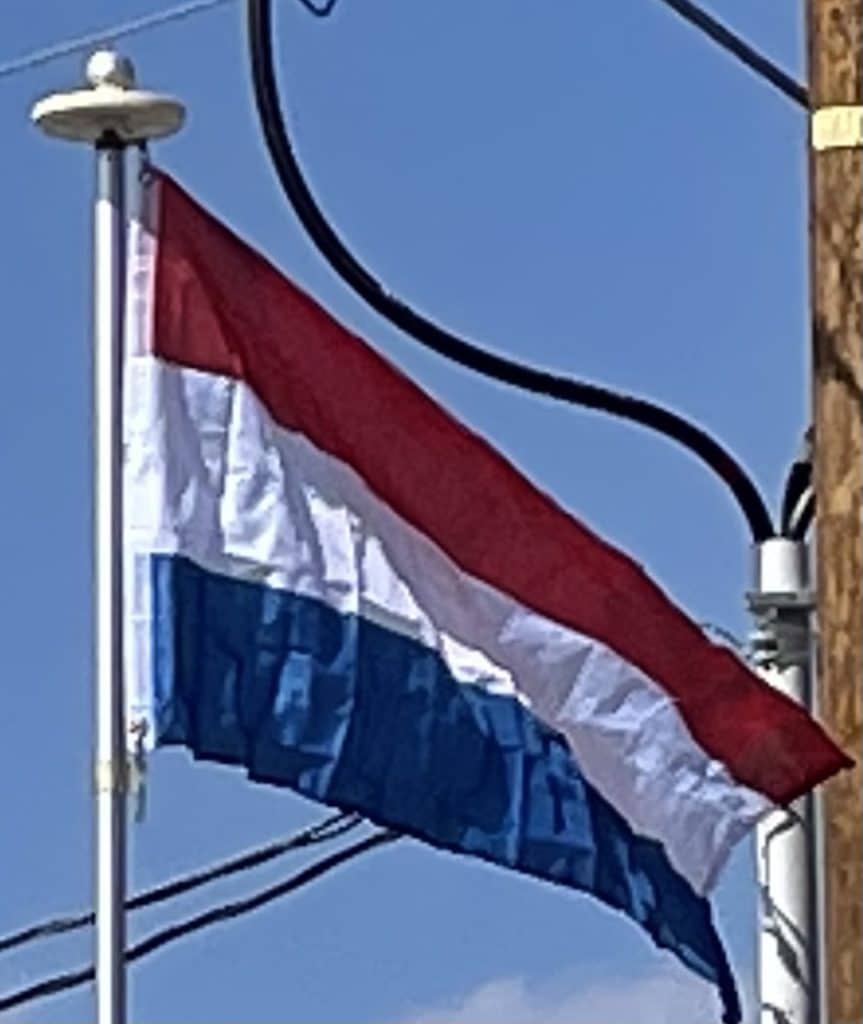As part of its commitment to environmental sustainability, the Government of the Netherlands initiated a plan to establish over 200 recharging stations for electric vehicles across the country. The rollout will be undertaken by Switzerland-based power and automation company ABB and Dutch startup Fastned, and will aim to provide at least one station within a 50-kilometre radius (30 miles) from every home in the Netherlands.

About 13% of all distance is travelled by public transport, the majority of which by train. Like in many other European countries, the Dutch rail network of 3,013 km route is also rather dense. The network is mostly focused on passenger rail services and connects all major towns and cities, with over 400 stations. Trains are frequent, with two trains per hour on lesser lines, two to four trains per hour on average, and up to eight trains an hour on the busiest lines. The Dutch national train network also includes the HSL-Zuid, a high-speed line between the Amsterdam metropolitan area and the Belgian border for trains running from Paris and London to the Netherlands.
Cycling is a ubiquitous mode of transport in the Netherlands. Almost as many kilometers are covered by bicycle as by train. The Dutch are estimated to have at least 18 million bicycles, which makes more than one per capita, and twice as many as the circa 9 million motor vehicles on the road. In 2013, the European Cyclists’ Federation ranked both the Netherlands and Denmark as the most bike-friendly countries in Europe, but more of the Dutch (36%) than of the Danes (23%) list the bike as their most frequent mode of transport on a typical day. Cycling infrastructure is comprehensive. Busy roads have received some 35,000 km of dedicated cycle tracks, physically segregated from motorized traffic. Busy junctions are often equipped with bicycle-specific traffic lights. There are large bicycle parking facilities, particularly in city centers and at train stations.

The Port of Rotterdam is the largest port in Europe, with the rivers Meuse and Rhine providing excellent access to the hinterland upstream reaching to Basel, Switzerland, and into Germany and France. As of 2013, Rotterdam was the world’s eighth largest container port handling 440.5 million metric tons of cargo annually. The port’s main activities are petrochemical industries and general cargo handling and transshipment. The harbor functions as an important transit point for bulk materials and between the European continent and overseas. From Rotterdam goods are transported by ship, river barge, train or road. The Volkeraksluizen between Rotterdam and Antwerp are the biggest sluices for inland navigation in the world in terms of tonnage passing through them.
Schiphol Airport, just southwest of Amsterdam, is the main international airport in the Netherlands, and the third busiest airport in Europe in terms of passengers. Schiphol is the main hub for KLM, the nation’s flag carrier and the world’s oldest airline. In 2016, the Royal Schiphol Group airports handled 70 million passengers. Smaller international airports in the country include Eindhoven Airport, Maastricht Aachen Airport and Groningen Airport Eelde.
Flag of the Netherlands:
The flag of the Netherlands is a horizontal tricolour of red, white, and blue.
